2020 Volkswagen Golf: Eighth-generation Hatch Ditches Three-door Model, Adds Electricity

While it remains to be seen whether non-performance versions of the next-generation Volkswagen Golf make their way to the U.S. (Canadians can expect the basic unit), Europeans now know exactly what to expect.
Launching Thursday at the brand’s Wolfsburg, Germany home base, the new Golf comes packed with technology while retaining the unmistakable profile of Golfs past. Like Jeep’s Wrangler, the Golf isn’t something to be tinkered with by some brash youngster with “big new ideas.” It’s a product of evolution, not revolution.
That said, there’s plenty of new things here, including a 48-volt mild hybrid powertrain available in three power flavors. There’s plug-in hybrids, as well, giving buyers an electric option that might be more in tune with their lifestyles than the upcoming ID.3 electric car (or the e-Golf it replaces).
For the model’s eighth generation, the three-door bodystyle seen since the Golf’s inception disappears, with four side doors becoming the order of the day. Depending on market, buyers will also find small three- or four-cylinder engines drinking gasoline or diesel, sans all of that electrified flippery. Two 1.0-liter three-bangers and two 1.5-liter four-bangers join a 2.0-liter diesel for those who feel hybrids just aren’t for them; to the dismay of American purists who can look but can’t touch, these customers will be stuck with slick six-speed manuals in everything but the oil-burning model.
Things are different overseas.
But it’s the mild hybrid system that’s the star here, and it deserves a bit of attention. The engine range employs a belt starter-generator that uses recaptured electrical power to aid the Golf’s takeoffs. It also shuts the engine down while coasting and braking, boosting MPG gains. These “eTSI” units arrive in three flavors, from 109 to 148 horsepower, with the automaker claiming a 10-percent reduction in fuel consumption on the European WLTP cycle.
In mild hybrid models, a seven-speed dual-clutch automatic controls the power flowing to the front wheels.
Things get interesting with the GTE plug-ins, as this is where performance enters the picture. Both PHEVs pair VW’s familiar 1.4-liter with an electric motor and 13 kWh battery pack; VW hasn’t estimated what range owners might get from their part-time EVs. Power, depending on market, will be either 201 hp or 241 hp.
Riding atop the latest version of the brand’s MQB platform, the new Golf remains a Golf both in appearance and in size. The slimmer, revamped headlights and mouthier lower fascia are the most notable changes, and the whole affair now stretches just over an inch longer between bumpers. It’s four-tenths of an inch narrower that its predecessor, and eight-tenths of an inch lower. Wheelbase remains basically the same.
Unlike the recent Jetta, the Golf’s suspension carries over — MacPherson setup up front; multi-link in the rear. Those who are quick to toss their Golfs around might notice an improved steering feel, one VW claims offers more feedback.
Inside, it’s digital galore. Most controls have gone the modern route, meaning you’d best get used to using menus and digital slider controls. A 12.25-inch digital display replaces the gauge cluster; on the center stack resides either an 8.0 or 10-inch touchscreen.
Deeper in the car, beyond those screens and shiny buttons, lies VW’s “Car2X” car-to-car technology. With this setup, the Golf “talks” to surrounding vehicles and infrastructure, relaying useful info back to the driver via the information display.
“The new Golf is also the first Volkswagen to connect with its environment as standard, via Car2X: signals from the traffic infrastructure and information from other vehicles up to 800 metres away are notified to the driver via a display,” the automaker stated. “The Golf also shares these warnings with other Car2X models.”
Going on sale early next year, the basic eighth-gen Golf may be a no-show in the U.S., with company brass staying mum on the likelihood of non-performance (read: non-GTI or R) variants making the boat trip. Golf sales suffered badly in recent years, with buyers increasingly gravitating to the higher-end sporting models.
[Images: Volkswagen]

More by Steph Willems
Latest Car Reviews
Read moreLatest Product Reviews
Read moreRecent Comments
- Fed65767768 Good Christ, no.CP.
- Kwik_Shift_Pro4X The main advice I've heard is to stay away from the BMW engine.
- Rna65689660 For Los Angeles, this is super cheap housing. For it surely will be not going anywhere very often. Park it at Wallyworld for 3 days, then move to the next lot.
- MaintenanceCosts This is half a car, because half the time it will be in the shop.
- Mm3 ^^^ Sounds like a bunch of dudes who have never owned a Land Rover/Range Rover





















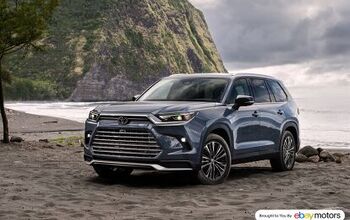
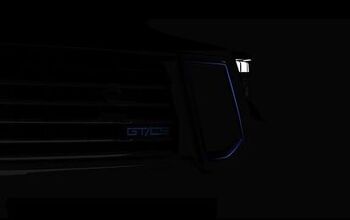


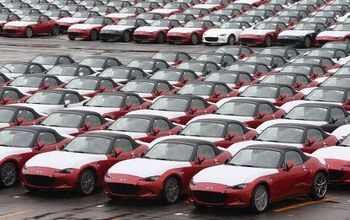
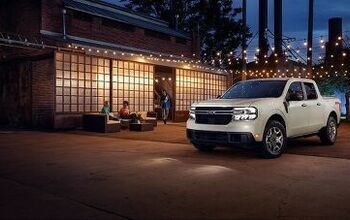

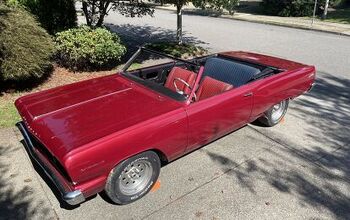
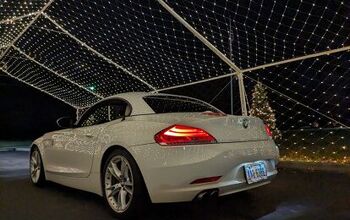
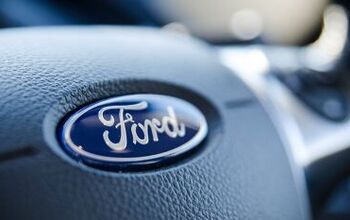
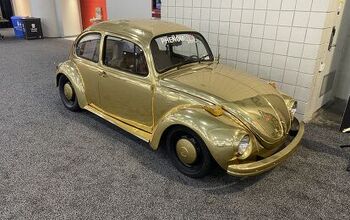
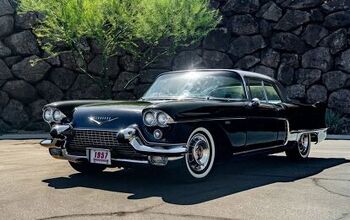


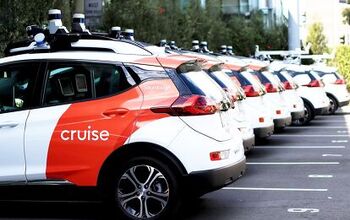
Comments
Join the conversation
I have a Mk 7.5 after owning a Mk 6 and Mk 7. Great cars all, each one better than the next. Looking forward to the Mk 8! But not excited about all the touch screen controls - they are a bitch to keep clean.
That electric naming convention seems like a bad ID.